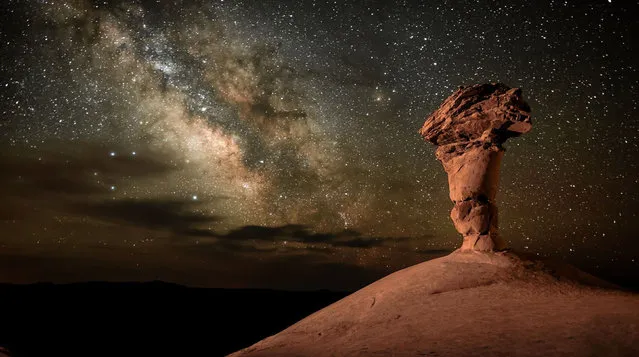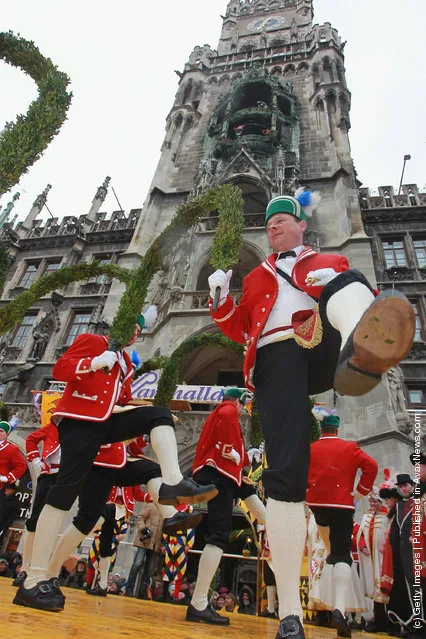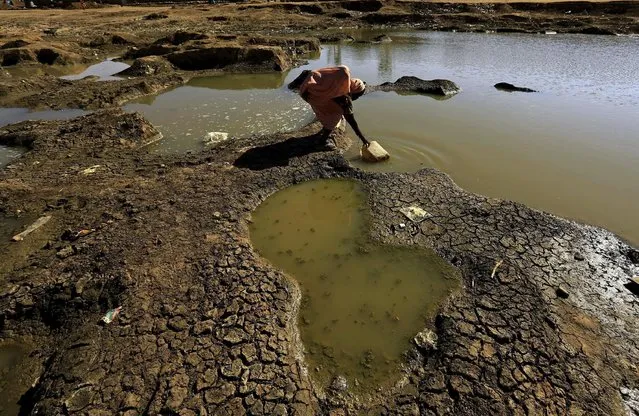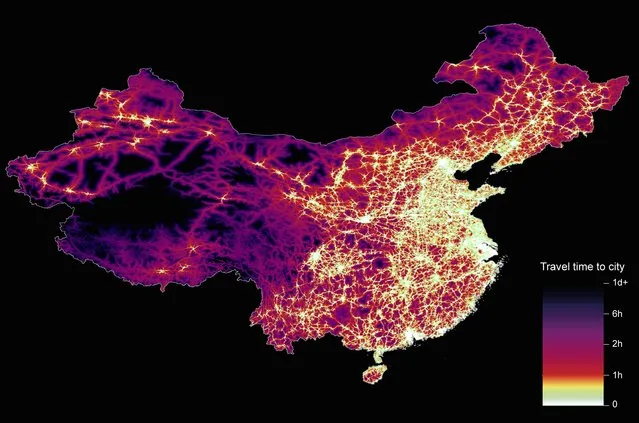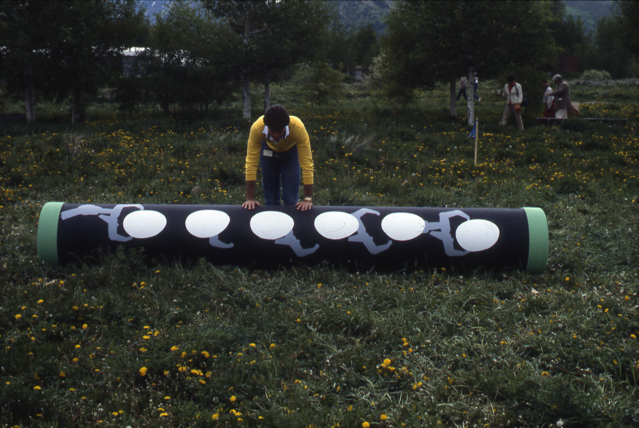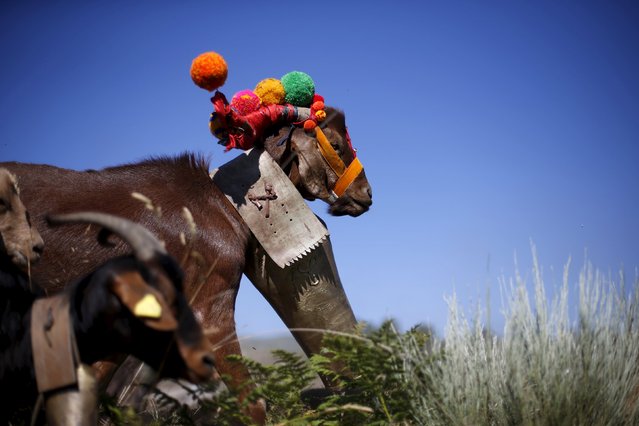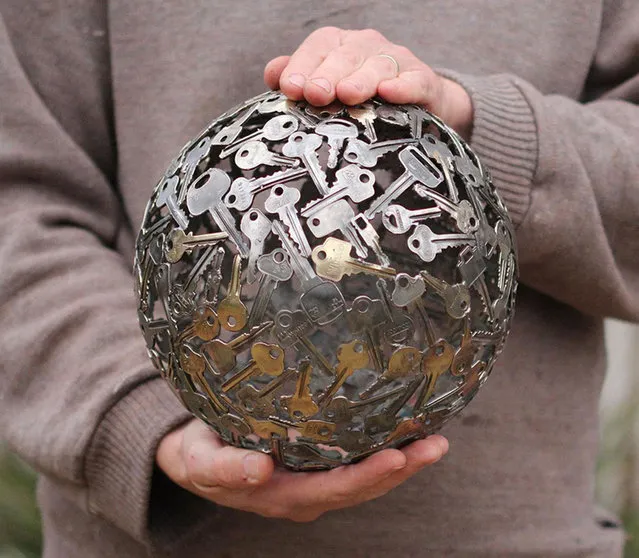
Australian craftsman Moerkey, also known as Michael Moerkerk, recycles discarded keys and transforms them into unique works of art. It all started when he was supposed to be cleaning out his shed and he came across some old copper pipe. He then cut it into rings and began honing a technique that lead to the creation of decorative spheres, bowls, figures, and more.
20 Aug 2015 09:16:00,post received
0 comments

